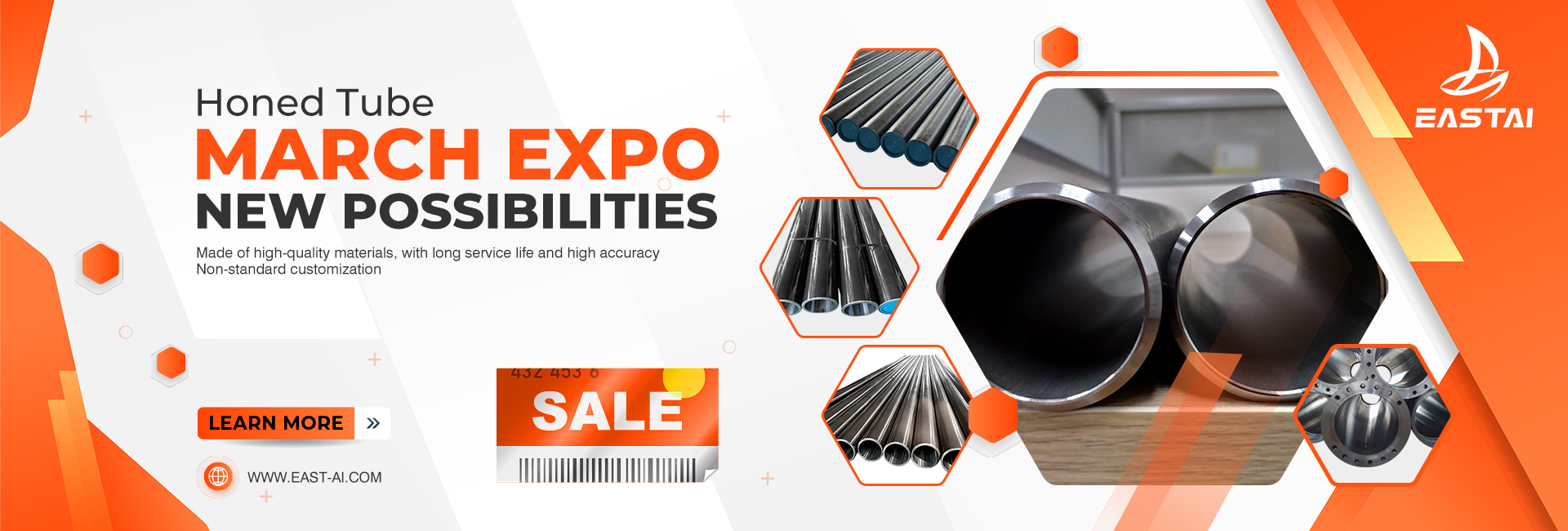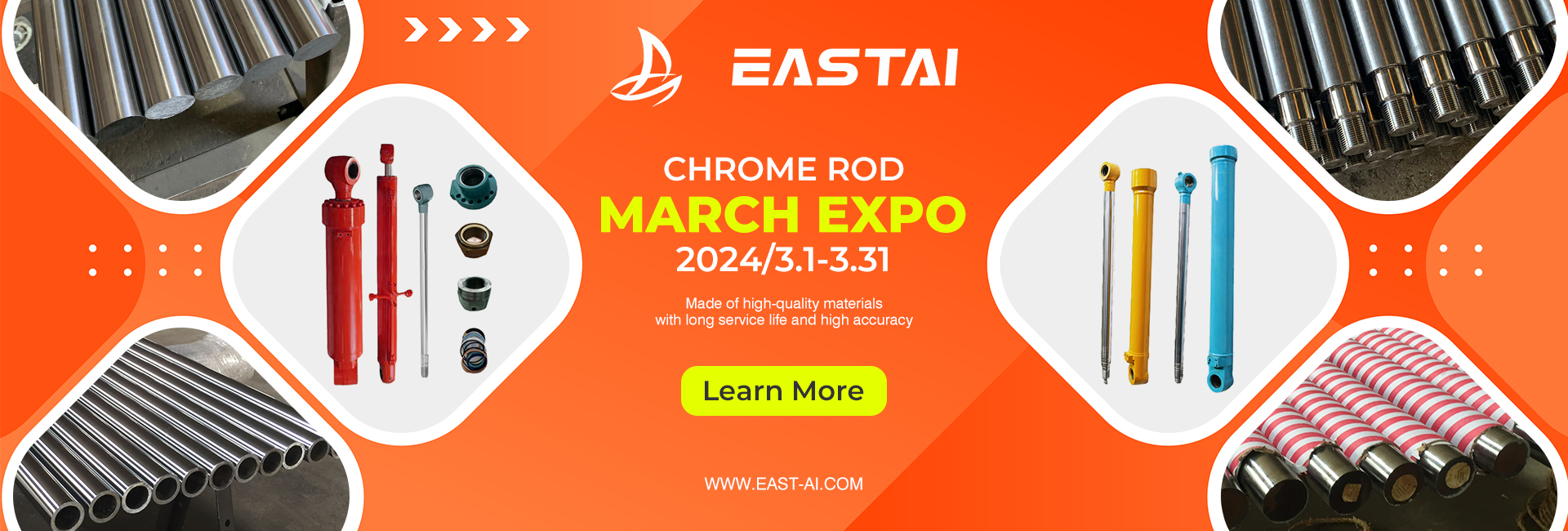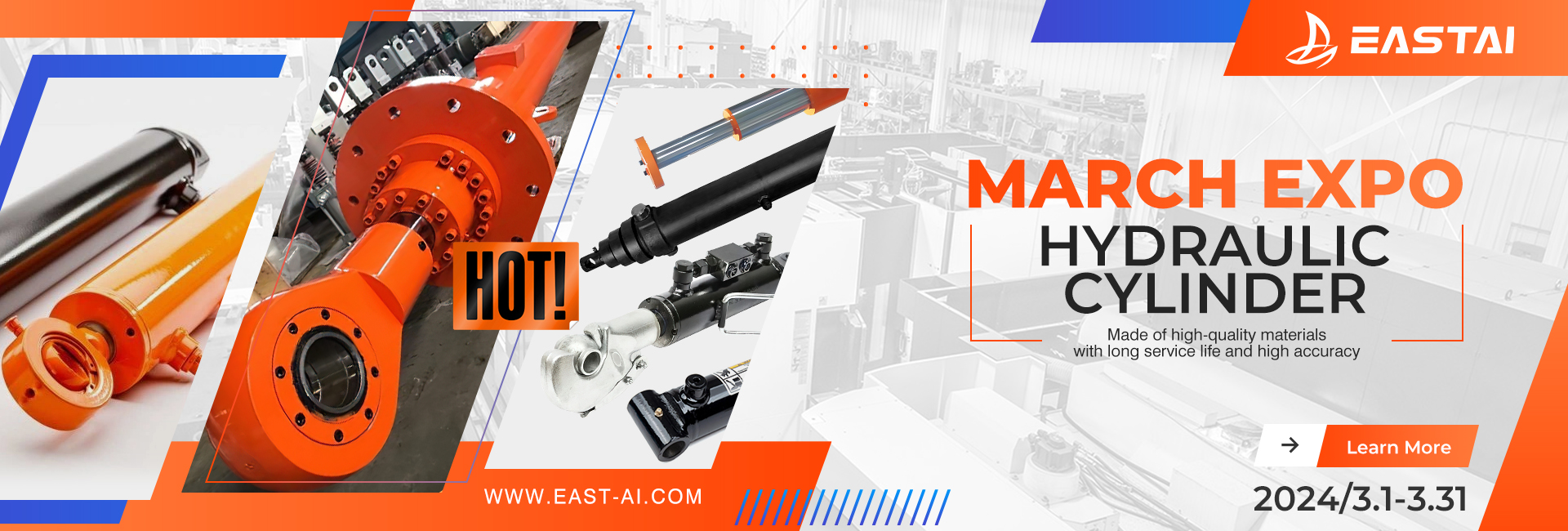Hydraulic motors and hydraulic pumps are reciprocal in terms of working principles. When liquid is input to the hydraulic pump, its shaft outputs speed and torque, which becomes a hydraulic motor.
1. First know the actual flow rate of the hydraulic motor, and then calculate the volumetric efficiency of the hydraulic motor, which is the ratio of the theoretical flow rate to the actual input flow rate;
2. The speed of the hydraulic motor is equal to the ratio between the theoretical input flow and the displacement of the hydraulic motor, which is also equal to the actual input flow multiplied by the volumetric efficiency and then divided by the displacement;
3. Calculate the pressure difference between the inlet and outlet of the hydraulic motor, and you can get it by knowing the inlet pressure and outlet pressure respectively;
4. Calculate the theoretical torque of the hydraulic pump, which is related to the pressure difference between the inlet and outlet of the hydraulic motor and the displacement;
5. The hydraulic motor has mechanical loss in the actual working process, so the actual output torque should be the theoretical torque minus the mechanical loss torque;
Basic classification and related characteristics of plunger pumps and plunger hydraulic motors
The working characteristics of walking hydraulic pressure require hydraulic components to have high speed, high working pressure, all-round external load bearing capacity, low life-cycle cost and good environmental adaptability.
The structures of sealing parts and flow distribution devices of various types, types and brands of hydraulic pumps and motors used in modern hydrostatic drives are basically homogeneous, with only some differences in details, but the motion conversion mechanisms are often very different.
Classification according to work pressure level
In modern hydraulic engineering technology, various plunger pumps are mainly used in medium and high pressure (light series and medium series pumps, maximum pressure 20-35 MPa), high pressure (heavy series pumps, 40-56 MPa) and ultra-high pressure (special pumps, >56MPa) system is used as a power transmission element. Job stress level is one of their classification features.
According to the relative position relationship between the plunger and the drive shaft in the motion conversion mechanism, the plunger pump and motor are usually divided into two categories: axial piston pump/motor and radial piston pump/motor. The direction of movement of the former plunger is parallel to or intersects with the axis of the drive shaft to form an angle not greater than 45°, while the plunger of the latter moves substantially perpendicular to the axis of the drive shaft.
In the axial plunger element, it is generally divided into two types: the swash plate type and the inclined shaft type according to the motion conversion mode and mechanism shape between the plunger and the drive shaft, but their flow distribution methods are similar. The variety of radial piston pumps is relatively simple, while radial piston motors have various structural forms, for example, they can be further subdivided according to the number of actions
Basic classification of plunger-type hydraulic pumps and hydraulic motors for hydrostatic drives according to motion conversion mechanisms
Piston hydraulic pumps are divided into axial piston hydraulic pumps and axial piston hydraulic pumps. Axial piston hydraulic pumps are further divided into swash plate axial piston hydraulic pumps (swash plate pumps) and inclined axis axial piston hydraulic pumps (slant axis pumps).
Axial piston hydraulic pumps are divided into axial flow distribution radial piston hydraulic pumps and end face distribution radial piston hydraulic pumps.
Piston hydraulic motors are divided into axial piston hydraulic motors and radial piston hydraulic motors. Axial piston hydraulic motors are divided into swash plate axial piston hydraulic motors (swash plate motors), inclined axis axial piston hydraulic motors (slant axis motors), and multi-action axial piston hydraulic motors.
Radial piston hydraulic motors are divided into single-acting radial piston hydraulic motors and multi-acting radial piston hydraulic motors
(inner curve motor)
The function of the flow distribution device is to make the working plunger cylinder connect with the high-pressure and low-pressure channels in the circuit at the correct rotation position and time, and to ensure that the high and low pressure areas on the component and in the circuit are in any rotation position of the component. and at all times are insulated by appropriate sealing tape.
According to the working principle, the flow distribution device can be divided into three types: mechanical linkage type, differential pressure opening and closing type and solenoid valve opening and closing type.
At present, hydraulic pumps and hydraulic motors for power transmission in hydrostatic drive devices mainly use mechanical linkage.
The mechanical linkage type flow distribution device is equipped with a rotary valve, a plate valve or a slide valve synchronously linked with the main shaft of the component, and the flow distribution pair is composed of a stationary part and a moving part.
The static parts are provided with public slots which are respectively connected to the high and low pressure oil ports of the components, and the movable parts are provided with a separate flow distribution window for each plunger cylinder.
When the movable part is attached to the stationary part and moves, the windows of each cylinder will alternately connect with the high and low pressure slots on the stationary part, and oil will be introduced or discharged.
The overlapping opening and closing movement mode of the flow distribution window, the narrow installation space and the relatively high sliding friction work all make it impossible to arrange a flexible or elastic seal between the stationary part and the movable part.
It is completely sealed by the oil film of micron-level thickness in the gap between the rigid "distributing mirrors" such as precision-fit planes, spheres, cylinders or conical surfaces, which is the gap seal.
Therefore, there are very high requirements for the selection and processing of the dual material of the distribution pair. At the same time, the window distribution phase of the flow distribution device should also be precisely coordinated with the reversing position of the mechanism that promotes the plunger to complete the reciprocating motion and have a reasonable force distribution.
These are the basic requirements for high-quality plunger components and involve related core manufacturing technologies. The mainstream mechanical linkage flow distribution devices used in modern plunger hydraulic components are end surface flow distribution and shaft flow distribution.
Other forms such as slide valve type and cylinder trunnion swing type are rarely used.
End face distribution is also called axial distribution. The main body is a set of plate type rotary valve, which is composed of a flat or spherical distribution plate with two crescent-shaped notches attached to the end face of the cylinder with a lenticular-shaped distribution hole.
The two rotate relatively on the plane perpendicular to the drive shaft, and the relative positions of the notches on the valve plate and the openings on the end face of the cylinder are arranged according to certain rules.
So that the plunger cylinder in the oil suction or oil pressure stroke can alternately communicate with the suction and oil discharge slots on the pump body, and at the same time can always ensure the isolation and sealing between the suction and oil discharge chambers;
Axial flow distribution is also called radial flow distribution. Its working principle is similar to that of the end face flow distribution device, but it is a rotary valve structure composed of a relatively rotating valve core and valve sleeve, and adopts a cylindrical or slightly tapered rotating flow distribution surface.
In order to facilitate the matching and maintenance of the friction surface material of the distribution pair parts, sometimes a replaceable liner) or bushing is set in the above two distribution devices.
The differential pressure opening and closing type is also called the seat valve type flow distribution device. It is equipped with a seat valve type check valve at the oil inlet and outlet of each plunger cylinder, so that the oil can only flow in one direction and isolate the high and low pressure. oil cavity.
This flow distribution device has simple structure, good sealing performance, and can work under extremely high pressure.
However, the principle of differential pressure opening and closing makes this kind of pump not have the reversibility of converting to the working condition of the motor, and cannot be used as the main hydraulic pump in the closed circuit system of the hydrostatic drive device.
The opening and closing type of numerical control solenoid valve is an advanced flow distribution device that has emerged in recent years. It also sets a stop valve at the oil inlet and outlet of each plunger cylinder, but it is actuated by a high-speed electromagnet controlled by an electronic device, and Each valve can flow in both directions.
The basic working principle of the plunger pump (motor) with numerical control distribution: high-speed solenoid valves 1 and 2 respectively control the flow direction of the oil in the upper working chamber of the plunger cylinder.
When valve or valve is opened, the plunger cylinder is connected to the low-pressure or high-pressure circuit respectively, and their opening and closing action is the rotation phase measured by the numerical control adjustment device 9 according to the adjustment command and the input (output) shaft rotation angle sensor 8 Controlled after solving.
The state shown in the figure is the working condition of the hydraulic pump in which the valve is closed and the working chamber of the plunger cylinder supplies oil to the high-pressure circuit through the open valve.
Since the traditional fixed flow distribution window is replaced by a high-speed solenoid valve that can freely adjust the opening and closing relationship, it can flexibly control the oil supply time and flow direction.
It not only has the advantages of reversibility of mechanical linkage type and low leakage of pressure difference opening and closing type, but also has the function of realizing bidirectional stepless variable by continuously changing the effective stroke of the plunger.
The numerically controlled flow distribution type plunger pump and motor composed of it have excellent performance, which reflects an important development direction of plunger hydraulic components in the future.
Of course, the premise of adopting numerical control flow distribution technology is to configure high-quality, low-energy high-speed solenoid valves and highly reliable numerical control adjustment device software and hardware.
Although there is no necessary matching relationship between the flow distribution device of the plunger hydraulic component and the driving mechanism of the plunger in principle, it is generally believed that the end face distribution has better adaptability to components with higher working pressure. Most of the axial piston pumps and piston motors that are widely used now use end face flow distribution. Radial piston pumps and motors use shaft flow distribution and end face flow distribution, and there are also some high-performance components with shaft flow distribution. From a structural point of view, the high-performance numerical control flow distribution device is more suitable for radial plunger components. Some comments on the comparison of the two methods of end-face flow distribution and axial flow distribution. For reference, cycloidal gear hydraulic motors are also referred to therein. From the sample data, the cycloidal gear hydraulic motor with end face distribution has significantly higher performance than shaft distribution, but this is due to the positioning of the latter as a cheap product and adopts the same method in the meshing pair, supporting shafting and other components. Simplifying the structure and other reasons does not mean that there is such a big gap between the performance of the end face flow distribution and the shaft flow distribution itself.
Post time: Nov-21-2022




